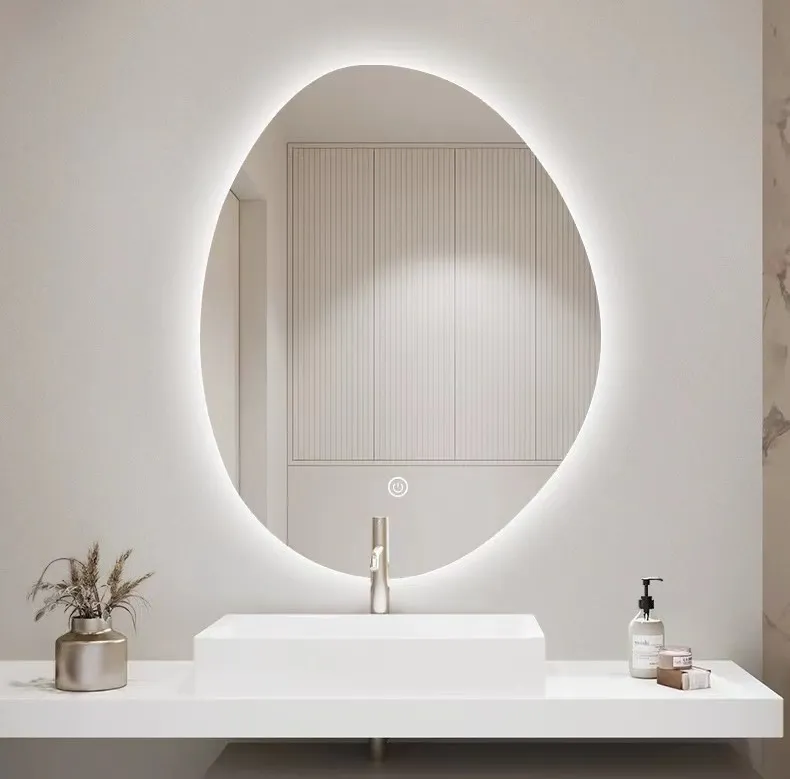

The Art of Architectural Decorative Windows
The Art of Architectural Decorative Windows
One of the most renowned types of decorative windows is stained glass, which has graced churches and public buildings for centuries. Stained glass windows tell stories through their colorful depictions of religious themes, historical events, and nature. The craftsmanship involved in creating these windows is remarkable; skilled artisans blend colored glass to produce vivid scenes that capture the imagination. Cathedral windows, for example, often feature intricate designs that guide the viewer's gaze and evoke a sense of spirituality and wonder. The interplay of light as it passes through the glass creates an enchanting atmosphere within the space, making stained glass a timeless choice for sacred architecture.

In addition to stained glass, ornamental windows can also be found in various architectural movements, such as the Gothic Revival and Art Nouveau. The Gothic Revival period, characterized by pointed arches and elaborate ornamentation, gave rise to windows with intricate tracery and detailed carvings. The use of oriel and bay windows added depth and dimension to structures, allowing for more light and better views while enhancing the building's silhouette. Similarly, the Art Nouveau movement embraced organic forms and flowing lines, resulting in windows that mimic natural elements. These designs often incorporate motifs from nature, such as flowers and vines, creating a harmonious connection between the building and its environment.
Modern architecture has not shied away from decorative windows either. Architects today experiment with glass in innovative ways, using technology to create dynamic façades that change appearance based on the viewer's perspective. From striking curtain walls to unique window shapes, modern decorative windows prioritize both functionality and artistic expression. The use of energy-efficient glass and sustainable materials also reflects a growing awareness of environmental concerns in contemporary design, marrying aesthetics with responsibility.
In summary, architectural decorative windows have historically contributed to the character and identity of buildings across various styles and periods. They serve as a canvas for artistic expression while providing light and ventilation. Whether through the luminous colors of stained glass or the sleek designs of modern glass façades, decorative windows continue to inspire and influence the world of architecture. As we look towards the future, the evolution of these windows promises to bring even more creativity and innovation, ensuring that they remain a vital element of architectural design.